Bamboo Airways to try new model in high-stakes local aviation market
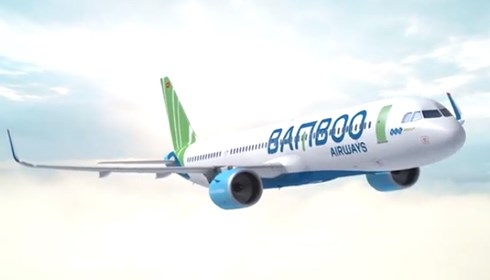 |
| Bamboo Airways to try new model in high-stakes local aviation market |
In late April, Vietnamese real estate, investment, and business service conglomerate FLC Group and its unit Bamboo Airways officially made their debut with a brand identity pack.
The step is one part of the airline’s preparations for its historical step to turn the dream into a reality. It is now completing necessary legal procedures to get a licence.
Bamboo Airways plans to base its business model on medium-level prices and routes to newly emerging tourism destinations to compete with national carrier Vietnam Airlines and the budget airline Vietjet.
The newcomer plans to run a ‘hybrid’ business model, between traditional and low-cost airlines. It will provide services of both these models. Its ticket prices are also an average of the two models.
However, it may not be easy for Bamboo Airways to compete with Vietjet, which has its image imprinted in Vietnamese people’s minds with its cheap airfares and even cheaper promotional programmes.
Meanwhile, as a legacy carrier, Vietnam Airlines has won the confidence of customers, especially the high-end passenger segment, with its full services.
To deal with the competition, Bamboo Airways is choosing a different approach. Instead of focusing on big cities, where aviation infrastructure is already suffering from capacity overload, Bamboo Airways will explore niche markets, including direct flights from international and domestic airports to newly emerging tourism destinations in Vietnam.
In the first two years, Bamboo Airways will focus on the domestic market, with eight to 10 flights to prioritised destinations like Quang Ninh, Haiphong, Thanh Hoa, Quy Nhon, and Nha Trang.
From its third year of operation, international flights will be added to the domestic flights, mainly to destinations in Asia, including Japan, South Korea, China, Singapore, Thailand, Hong Kong, and Taiwan.
“Bamboo Airways has a competitive advantage that the two major airlines do not have. It works within a good ecosystem by FLC Group, which owns resorts ranging in size from 1,000 to 3,000 rooms. Initially, Bamboo Airways flights will make use of this advantage,” said Dang Tat Thang, director of Bamboo Airways. “For example, if a customer flies from Hanoi to Quy Nhon with Bamboo Airways, the airline may offer them a discount if they stay at FLC Quy Nhon, and vice versa.”
Meanwhile, Vietjet gained a big market share with its short-haul domestic routes. It is continuously developing domestic air routes and breaking into the North Asian market.
At the end of 2017, Vietjet had 38 domestic and 44 international routes. It will continue expanding and increasing international flights to Japan, India, and Australia in order to become an airline with global competitiveness and vision.
In a similar move, Vietnam Airlines is opening its network to international hubs worldwide, while Jetstar Pacific Airlines is expanding domestic and regional routes.
While confident of its advantages, Bamboo Airways has a more modest number of aircraft than Vietnam Airlines and Vietjet. Bamboo Airways plans to lease 10 airplanes, waiting for 24 A321 NEO to be delivered starting in 2021, while Vietnam Airlines has 88 aircraft and Vietjet’s fleet is expected to be 66 by late this year.
Despite mounting competition, the opportunity for Bamboo Airways remains open, driven by the potential of the aviation market. According to Vietnam’s transport development plan, the number of aircraft in operation in the country is expected to reach 220 by 2020 and over 400 units by 2030.
Meanwhile, statistics from the Civil Aviation Authority of Vietnam showed that by mid-March, there were just 175 aircraft registered as Vietnamese.
However, several failed attempts to enter the market in the past act as a lesson to Bamboo Airways. The failure of Indochina Airlines and Air Mekong proved the stiffening competition in the lucrative industry.
What the stars mean:
★ Poor ★ ★ Promising ★★★ Good ★★★★ Very good ★★★★★ Exceptional
Related Contents
Latest News
More News
- Cultivating agricultural tourism model in Hanoi (April 05, 2024 | 14:51)
- HCM City stimulates tourism with discounts up to 60 per cent (April 04, 2024 | 16:01)
- Visitors to Vietnam in first quarter exceeded pre-COVID numbers (April 03, 2024 | 16:42)
- Domestic tourism under threat from high flight costs (April 02, 2024 | 12:19)
- Travelling back to nature (April 02, 2024 | 11:50)
- An Giang launches smart tourism information portal (March 29, 2024 | 10:20)
- Hanoi voted as ‘Best Food Destination for 2024’ by TripAdvisor readers (March 29, 2024 | 10:08)
- AirAsia Cambodia ready to take off starting with three domestic destinations (March 19, 2024 | 18:27)
- Phu Quoc among top beach destinations in Asia (March 19, 2024 | 15:55)
- Favourable visa policy boosts tourism recovery (March 19, 2024 | 15:44)



 Tag:
Tag: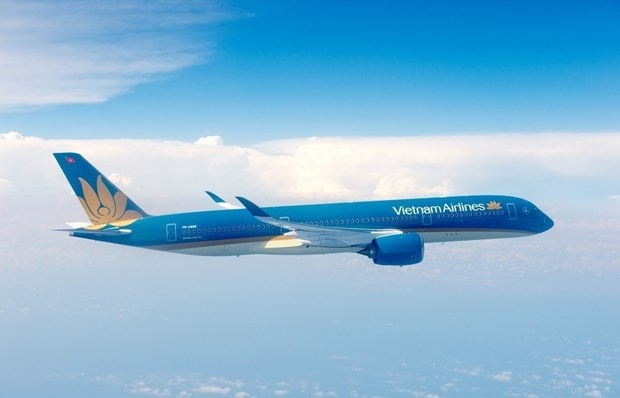

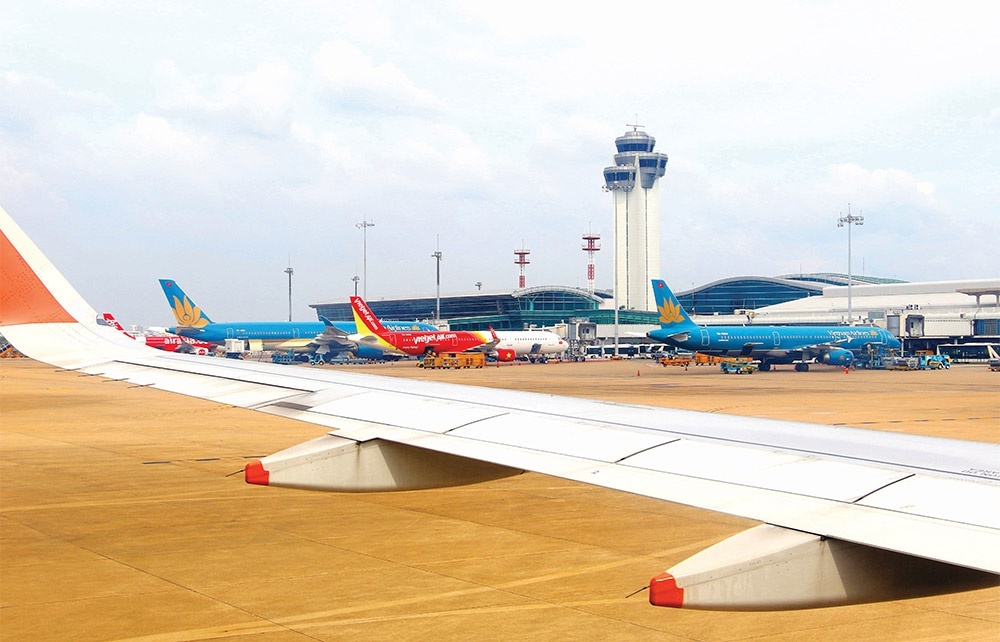
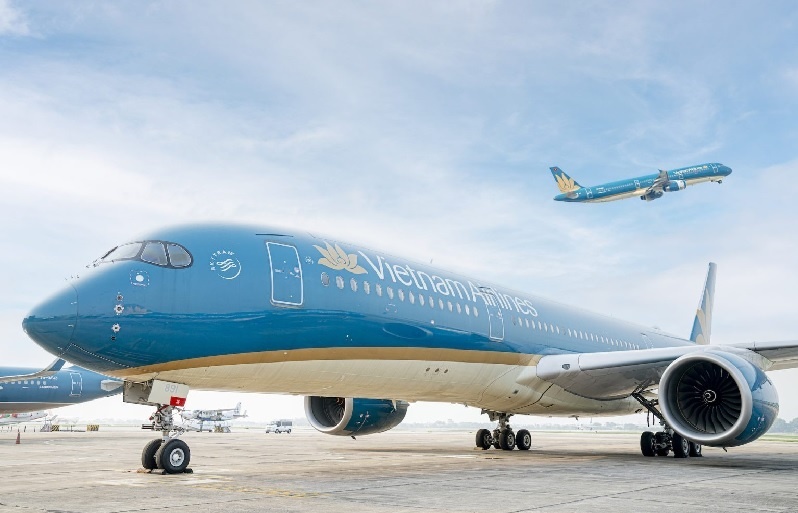

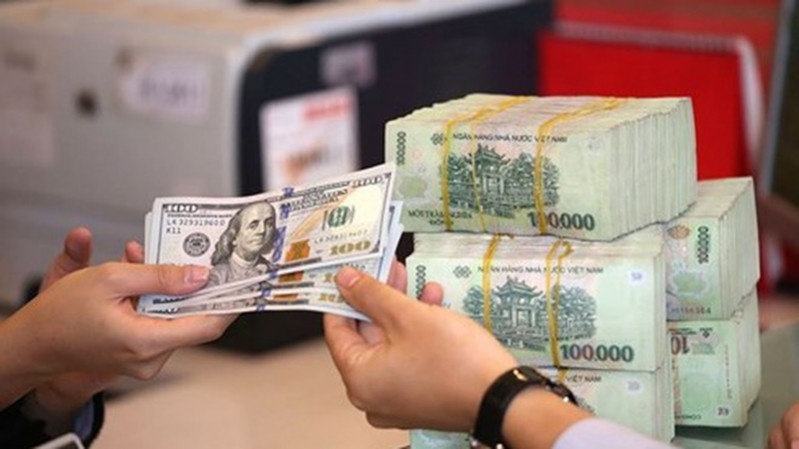
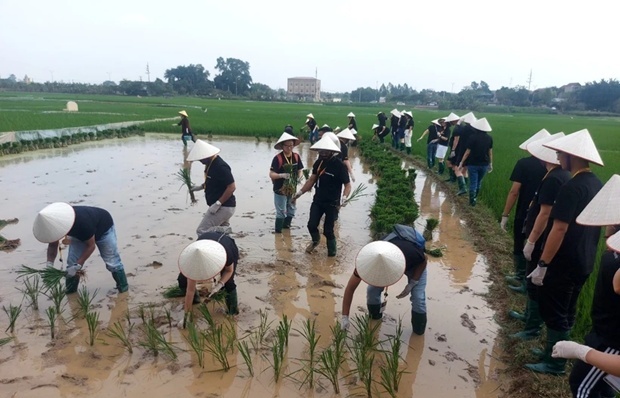

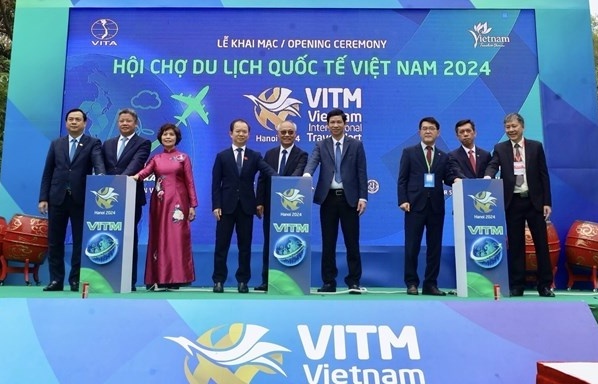


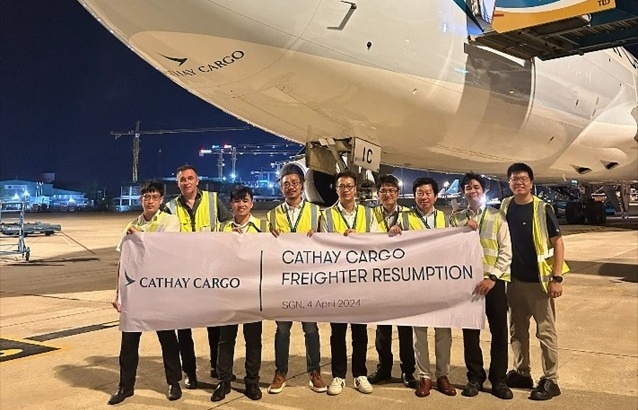









 Mobile Version
Mobile Version